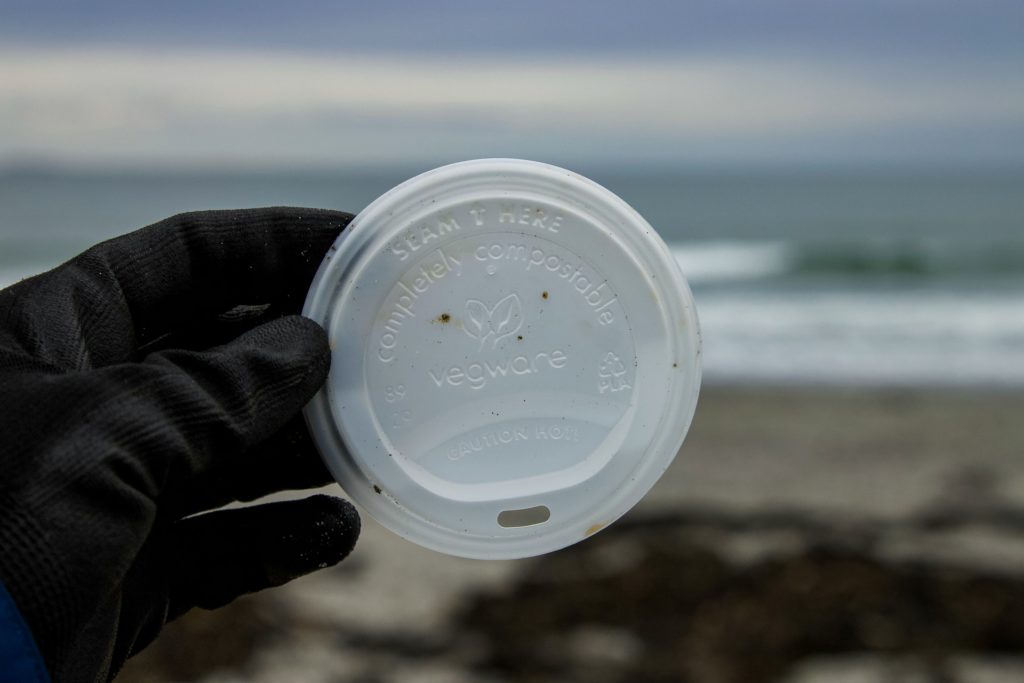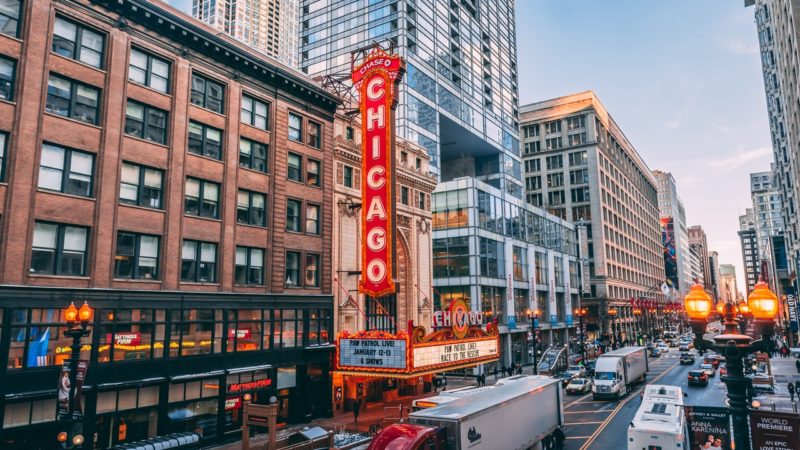Greenwashing is anything but sparkly clean and eco friendly and in fact, it’s much more prevalent in a number of industries, particularly tourism, from hotels to travel gear to wildlife tours.
But what is greenwashing? Keep reading to find out!
Definition of Greenwashing
Greenwashing is when a business falsely promotes its product or service as being eco friendly or sustainable.
Greenwashing claims may include stating that products are:
- Made from recycled materials
- Created using renewable energy
- Biodegradable
- Compostable
- Sustainably made
- Sustainably sourced
- Eco friendly
- All natural
These claims become greenwashing when the product isn’t what it says it is, and when a company is unable to support its claims with actions, official certifications, or company reports.
The term “greenwashing” was created by Jay Westerveld in 1986 and was a play on the word “whitewashing” which means to gloss over or attempt to conceal something, as white paint might do. In the 80s most ads were consumed via radio, television, and print. Prior to the internet, public access to a company’s environmental report wasn’t as simple to find as it is today. Because of this, it was easy for companies to promote their businesses as being guardians of the environment without any legitimate actions to back up those claims. They could present themselves as the most eco friendly business and there were fewer available avenues for the public to pursue the truth than there are now with the internet.
Today, consumers are becoming more aware of greenwashing, causing many businesses to hesitate before making false claims about their environmental standards, or lack thereof. Being accused of greenwashing carries a lot of negative weight. The Chartered Institute of Marketing polled 210 marketing professionals in the UK. Over a hundred reported that they were using sustainability claims in their marketing and were worried the claims wouldn’t stand up to greenwashing scrutiny.
At Hidden Lemur, we strive to provide you with the resources to make sustainable travel and lifestyle decisions. Within the travel and fashion realms in particular, greenwashing is increasingly prevalent. This guide serves not to call out individual brands for greenwashing or being unsustainable, but instead to provide you with resources to choose the most eco friendly brands around.
Check out our ultimate glossary of sustainability and eco friendly travel definitions here.
Why is Greenwashing So Bad?
When greenwashing is detected and called out it can obviously damage a brand’s reputation and impact the level of trust a consumer has for a brand. Beyond the damage to that company itself however, and more importantly, greenwashing hurts consumers.
Claims of sustainability are important. More and more consumers, and travelers, want to buy products, services or experiences that don’t hurt the planet and its inhabitants. This means they are looking for an indication on a product or service that it meets those goals and expectations. When that product doesn’t perform as claims suggest, the consumer has wasted money and good intention. The positive results that the purchaser wanted to achieve through that purchase doesn’t happen. Additionally, when false claims are discovered, a purchaser may decide not to keep trying. The negative impact of this is felt by the environment, by people, by wildlife, and by the sustainable organizations trying to create positive change.

Greenwashing language can also be incredibly confusing for consumers who may think that they’re doing a good thing, when in fact they have been misled. For example, many supermarket retailers in the UK are introducing “degradable bags”. Surely this is a good thing? Well, yes and no. It’s great that supermarkets are recognizing the need for more sustainable shopping options, but in reality, degradable is different from biodegradable and for the bags to actually break down, they need to be at an industrial facility. This part of the picture isn’t something readily advertised by the supermarket.
This type of greenwashing in language can also impact how products are disposed of, and when disposed incorrectly, the environment is worse off for it. Compostable bags need to be in an industrial composting facility to actually break down within the advertised time frame. Instead, consumers may think that they can place these bags in home composting which is then itself polluted.
What’s perhaps even more damaging is that consumers have begun to mistrust sustainable brands. Buzzwords with no substance have led many shoppers to avoid products that use certain words or phrases. For example, words like biodegradable, recyclable, and carbon-neutral encourage purchasing of a product while terms, like powered by nature and green, discourage purchasing. This is clearly a major hurdle for brands and organizations whose products and services are wonderfully inline with sustainable practices.
How to Spot and Avoid Greenwashing
There are three key places to start when determining if a brand is using greenwashing in its marketing.
Be Aware of Buzzwords and Colors

Common greenwashing buzzwords include:
- Eco friendly
- Toxin free
- Cruelty free
- Compostable
- All natural
- Biodegradable
- Sustainably made
- Carbon neutral
- Circular economy
- Plant-based
- Zero waste
- Regenerative climate
- Climate justice
These words aren’t always associated with brands that participate in greenwashing, as we know. Many brands that claim to be carbon neutral or eco friendly really are doing their part to help the environment. To understand when these words are used in greenwashing, it’s vital to look a little deeper.
What does eco friendly really mean? There’s no legal definition that brands have to abide by, so an “eco friendly” claim by a company that’s greenwashing, might mean nothing more than its factory using reusable coffee cups in the lunchroom. “All natural” might mean that everything comes from the earth, but that doesn’t inherently mean it’s not harmful. Something can be biodegradable but still take hundreds or thousands (if not more) years to break down. Make sure to dig a little deeper when examining a brand to see if their definition is one that satisfies your standard.
When it comes to buzz colors, you can probably guess what color is used for greenwashing! More often than not, products that want to take on an eco friendly appearance will have green packaging. Blue is another common color used in packaging. Green and blue are seen as the colors of the earth. These packaging colors in no way mean the product inside is or has been sustainably produced.
Don’t Rely Only On the Brand’s Website for Info
The easiest place to start when learning more about a brand’s sustainability initiatives is simply to go to their website. There you’ll likely find a page outlining what they’re doing to make their business, products, and/or services as eco friendly. Many of these pages will use the buzzwords that we’ve listed but without any relevant certifications to back these up (more on this in the next section!) their claims may be unsubstantiated.
Once you’ve had a look at the website, do some outside research to see what comes up when doing a Google search for:
- Company name + greenwashing
- Company name + sustainability
- Company name + eco friendly
These are just a few very general searches to get you started, but you can also get really specific and look for more details on initiatives that the brand’s website has specifically mentioned. It’s always best to check with multiple sources and use critical thinking when analyzing a brand.
Look for Relevant Certifications
Perhaps the best way to tell if a brand is legitimately environmentally conscious. or if they’re greenwashing, is to look for external sustainability certifications.
There are hundreds of certifications that brands can attempt to acquire but these are a few of the top certifications throughout a variety of industries. Within the tourism industry, one of the best certifications comes from the Global Sustainable Tourism Council (GSTC). This Council was founded by the United Nations to act as an international accreditation body within the tourism sector. The GSTC certifies organizations in three general areas of tourism: hotels and accommodation, tour operators, and destinations and governments. In addition to the reach of the GSTC, there are non-tourism-related certifiers, who often work in cooperation with the GSTC, because greenwashing expands beyond the travel sector of course, and relevant certifications can help keep brands in check across many arenas of life.
Here are some example of certifying organizations, both within and beyond the travel industry:
LEED
The LEED certification, Leadership in Energy and Environmental Design, is an environmentally friendly certification for buildings. There are four different levels with the best being platinum. This certification can include but is obviously not limited to hotels and other travel accommodations.
Green Business Bureau
To become certified by the GBB, businesses must go through an extensive process. This involves completing an assessment, a sustainability vision statement, displaying environmental compliance posters, and organizing a Green Team.
Green C Certification
With a starting price of $2,500 for a site visit, the Green C Certification is for businesses who are ready and able to make sustainability a major priority in their business. This certification shows that businesses promote environmentally responsible practices.
Energy Star
The Energy Star is a fairly common certification for electrical appliances. To gain a certification an online tool must be used to calculate a score. Only those with results over 75 (out of 100) can apply for the Energy Star Certification.
Green Seal
Green Seal is a non-profit that provides eco friendly certifications across a variety of different industries. They have different standards for each industry.
A B-Corp certified business meets more than just environmental standards. A successful B-Corp business is able to demonstrate socially conscious choices, transparency, and makes legal commitments to all shareholders, not just stakeholders.
Where Does Greenwashing Happen?
Unfortunately, greenwashing is all too prevalent among most if not all industries. For the sake of this article, we’re going to focus on the travel industry, and because travel clothing & gear, and restaurants & eating, are such integral parts of travel, we’re going to look at the fashion and food industries as well.
Greenwashing in the Travel Industry

As of 2018, the tourism industry accounted for 8% of global greenhouse emissions which gives travel businesses even more motivation to present their services as more sustainable.
Numerous articles have called out the aviation industry for greenwashing, including naming United, KLM, and Qantas as guilty parties.
If you’re looking for alternative methods of travel, train travel is by far more sustainable and can offer more interesting views than you get from above the clouds.
Hotels and other accommodation providers also frequently make eco friendly claims about their hotels, and their tours, that aren’t always substantiated. Look for those certifications, and don’t hesitate to call them up and ask them questions before you book. If a hotel is claiming to be a green hotel, but all they can point to is recyclable plastic cups, they’re greenwashing.
Greenwashing in the Fashion Industry
The fashion industry is notorious for greenwashing. Name a major brand and odds are that at some point in time they’ve been accused of greenwashing.
One study in 2021 went so far as to find that 60% of the environmental claims on the 12 biggest British and European fashion brands were unsubstantiated and misled consumers. The analyzed brands included:
- Asos
- Boohoo
- Forever 21
- George at Asda
- Gucci
- H&M
- Louis Vuitton
- Marks & Spencer
- Uniqlo
- Walmart
- Zalando
- Zara
Fast fashion has long been a problem and companies are now attempting to regain face with collections labeled as “responsible”, “circular”, or “slow”. Numerous sources have called out these companies including Good on You, the Daily Mail, and Euronews among many others.
We all still need clothes to wear and we want to feel confident in those clothes, so where do you buy from that’s actually sustainable?
Here are a few great guides to get started with slow fashion clothing and brands that Hidden Lemur has reviewed and can attest to having incredibly high environmental and social standards:
- 7 Incredible Sustainable Yoga Clothing Brands
- Where to Find Sustainable Shoes
- 32 Affordable Sustainable Clothing Brands
- 15 Sustainable Swimwear Brands You Need to Try
Greenwashing in the Food and Beverage Industry
It’s not just the fashion industry that’s guilty of more than a few greenwashing ads. To start off with a bang, Keurig Canada, the coffee giant, was fined $3 million for misleading consumers into thinking that the infamous K-Cup pods could be recycled when in fact they could be recycled at very few facilities in Canada. Keurig isn’t the only coffee company misleading consumers.
Another coffee giant, Starbucks, rode the anti-straw trend after a video of a turtle with a straw in its nose went viral. They removed straws and replaced them with a strawless lid in an effort to appear more environmentally friendly. In fact, the strawless lids actually use more plastic than straws.
With online shopping it’s much easier to take the time to do a search and determine if a brand is really environmentally friendly. However, when shopping in a physical store, particularly for groceries, it gets a bit harder. Don’t rely just on green packaging or buzzwords to determine if a brand has the environment at the forefront. Instead, look for legitimate certifications.
How to Help Prevent Greenwashing
The biggest thing that you can do to prevent greenwashing or purchasing from brands that greenwash is to educate yourself. By doing your research on a brand and checking for relevant certifications, you’re already doing more than the average consumer to put the environment first.
Another great way is to recognize that you’re not perfect – none of us are! We love using Wren to offset carbon emissions (check out their free carbon emissions quiz here). Somewhere along the way, you’ll probably make a purchase that damages the environment in ways that you’re not aware of so the next best step is making a conscious effort to offset where you can.
Finally, shop small when you can. Although smaller businesses don’t typically have the budget to pay for major certifications, by talking to the staff and owners you’ll often learn about sustainability efforts you may not be aware of.
























